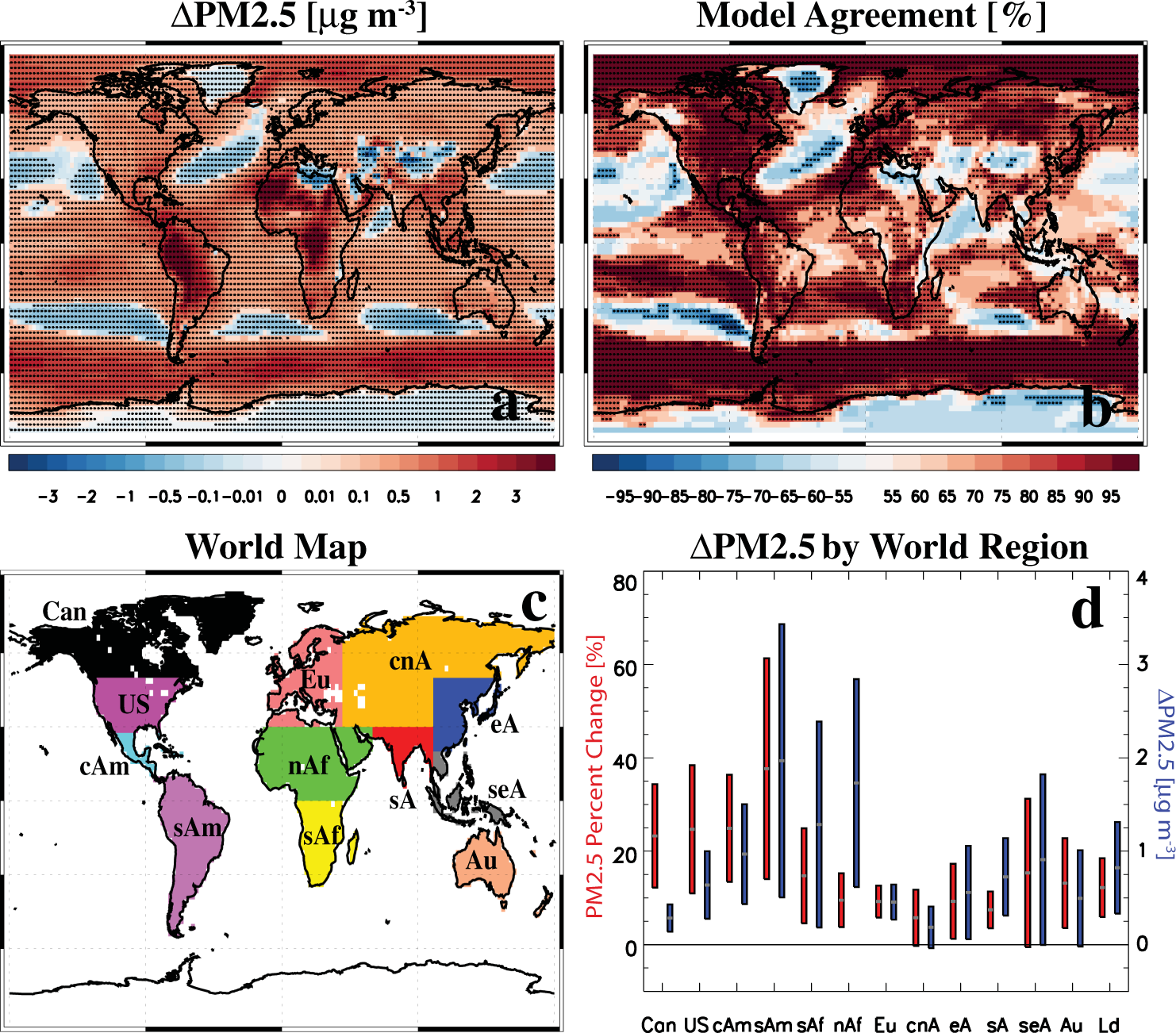2023-02-28 ワシントン州立大学(WSU)
 The Galileo spacecraft surveyed the moon on Dec. 7, 1992, on its way to explore the Jupiter system in 1995-1997. Photo credit: NASA/JPL/USGS
The Galileo spacecraft surveyed the moon on Dec. 7, 1992, on its way to explore the Jupiter system in 1995-1997. Photo credit: NASA/JPL/USGS
◆このスプレーは、宇宙服へのダメージを最小限に抑えながら、真空環境下で月面の塵の模擬物質を98%以上除去し、これまで研究されてきたどの技術よりも優れた性能を発揮しました。研究者らは、この成果を雑誌『Acta Astronautica』に発表しました。
◆人は月に人を送ることができましたが、月で人を清潔に保つ方法はわかっていませんでした。月面の塵は、包装用ピーナッツと同じように、触れるものすべてに付着する。さらに悪いことに、月面の塵は非常に細かい粒子で構成されており、グラスファイバーを粉砕したような硬さである。
◆1960年代から1970年代初頭にかけて行われた6回の有人月探査では、宇宙飛行士はブラシを使って宇宙服についたほこりを落とそうとしましたが、あまりうまくいきませんでした。研磨剤と微小な塵の粒子がエンジンや電子機器に入り込んでしまうのです。また、宇宙服の中にも入り込み、シールを破壊して、高価な宇宙服が使えなくなることもありました。また、宇宙飛行士は「月の花粉症」に悩まされ、研究者は、塵に長くさらされると黒肺病のような肺の障害を引き起こす可能性があると考えています。
◆その中で研究チームは、ライデンフロスト効果を利用して宇宙服を洗浄する技術のデモンストレーションを行いました。ライデンフロスト効果とは、熱したフライパンに冷水をかけると、玉になってフライパンを伝って移動する効果です。また、ホコリに覆われた素材に極低温の液体窒素を吹き付けると、ホコリの粒子がビーズ状になり、窒素の蒸気に乗って浮き上がってくる。
<関連情報>
- https://news.wsu.edu/press-release/2023/02/28/liquid-nitrogen-spray-could-clean-up-stubborn-moon-dust/
- https://www.sciencedirect.com/science/article/abs/pii/S0094576523000681?dgcid=raven_sd_search_email
液体窒素噴霧による月ダスト除去と材料劣化 Lunar dust removal and material degradation from liquid nitrogen sprays
I. Wells, J. Bussey, N. Swets, J. Leachman
Acta Astronautica Available online: 10 February 2023
DOI:https://doi.org/10.1016/j.actaastro.2023.02.016
Abstract
Lunar regolith degrades human health and equipment making mitigation paramount for lunar missions. Cryogenic liquid sprays are a recently developed, simple, and convenient concept for dust mitigation in a lunar environment. However, removal efficacy and material degradation under the extreme cryogenic vacuum environment are unknown. Traditional space suit dust mitigation technologies used on the Apollo missions, such as brushing and vacuuming, introduced suit fabric abrasion which must be addressed for all dust mitigation methods considered for lunar implementation. This publication reports the efficacy of dust removal in a simulated airlock vacuum environment and the associated impact of repeated dusting-washing cycles on spacesuit materials. Specimens were impinged with measured liquid nitrogen sprays at different spray angles within a vacuum chamber. Mean mass removal of 98.4% was achieved in a vacuum environment at optimal conditions, correlating to 95.9% removal of particles below 10 μm. To investigate material degradation, a total of 26 samples were cycled a cumulative 233 times through cryogen spray washings under ambient conditions. A degradation scale was created to classify optical microscopy observations. Degradation results indicate minimal spacesuit material abrasion from liquid nitrogen removal. Results additionally show an average of 2.66% increased removal with each subsequent washing cycle for fabric washed twice, possibly due to clogging and occupancy of specific sites. The conclusion is that liquid nitrogen sprays cause relatively less damage than conventional dust mitigation techniques, even under the extremes of cryogenic temperatures and vacuum.



